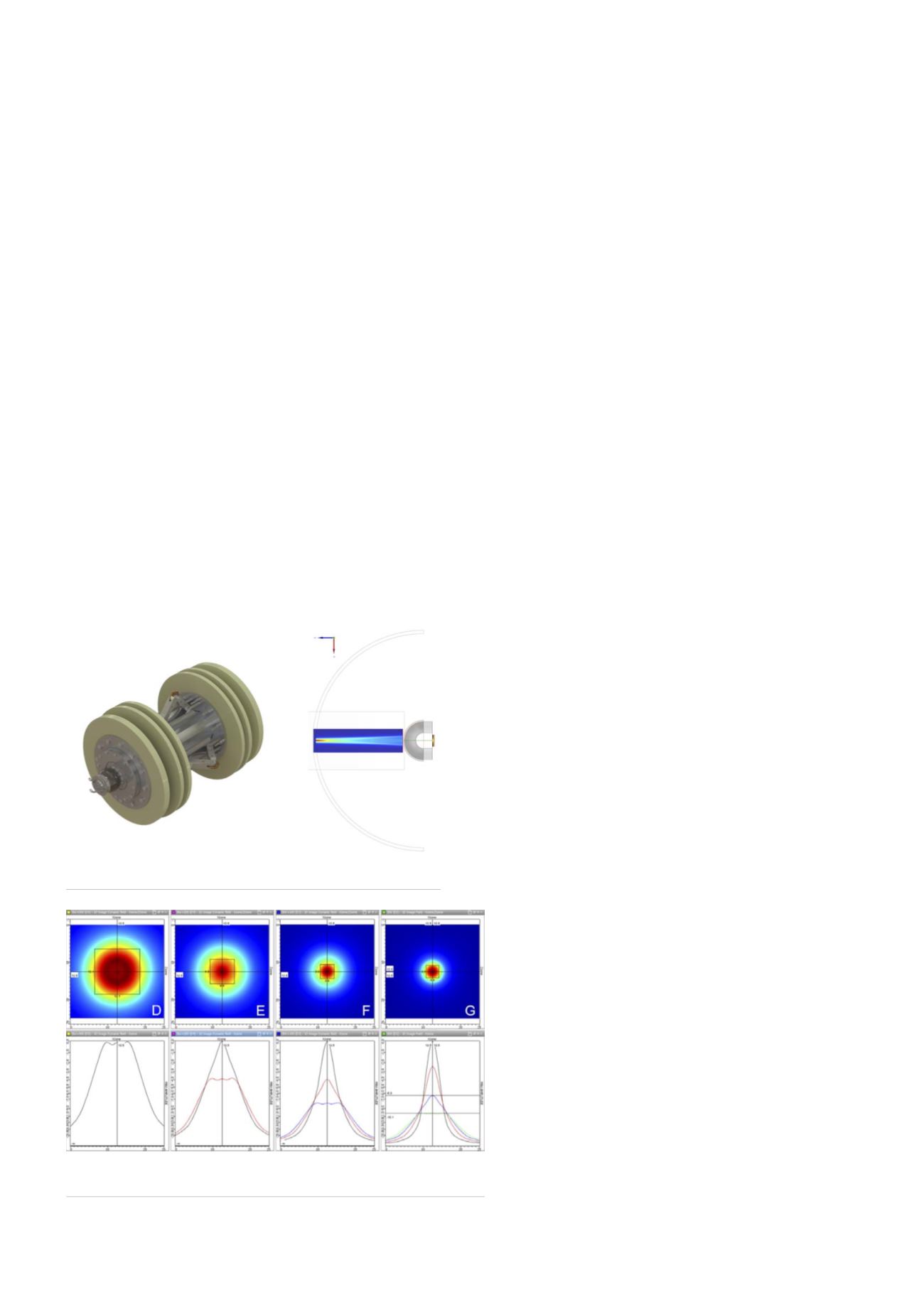
and techniques can be utilised, including ultrasonic testing
(UT).
The cost-effective ultrasonic inspection of large
diameter pipelines has been a challenge for decades in
the industry, and Intero Integrity has been working on an
improved inspection system for this case.
Scope
Intero operates inspection tools based on UT to determine
the remaining wall thickness of pipelines. In the range of
services provided, the inspection of large pipelines presents
several technical and operational challenges.
To enable inspection of these pipelines, clients
frequently require the inspection to be conducted without
exposing their pipelines to a different product. This
presents several challenges as these large pipelines may
contain multiple liquid products at different temperatures,
and frequently their acoustic properties cannot be
characterised prior to inspection.
Characterising the acoustic properties beforehand is
typically only possible for some pure refined products,
while for others – such as crude oils – it is not possible
because of the wide variation produced from different
oilfields, or various blends available. Furthermore, their
properties can vary significantly due to the temperature of
the inspection medium.
Objective
The main objective was to develop a flexible, safe, and
cost-effective system based on UT, that could work in
various inspection media (products), increase the sensitivity
and resolution of existing tools, and be capable of
inspecting pipelines ranging from 20 in. up to 64 in., with a
form factor of a typical bi-directional cleaning pig.
System description
This inspection system relates to thickness measurement
through phased array ultrasonic testing (PAUT), enabling
corrosion mapping of pipelines.
The concept is based on the standard Intero Piglet®
system, deploying an autonomous pigging system, with an
optional optical fibre tether to allow for real-time data
review during the inspection. However, it is improved with
an annular ultrasonic phased array transducer enclosed in a
spherical housing. The rotatable mirror arrangement based
on the internal rotating mirror principle (IRIS) allows the
pipe to be investigated 360˚ with an adjustable measuring
grid.
Some of the benefits of phased array technology
over conventional UT derive from the ability to control
beam shape on transmission, and increase the sensitivity
on reception. Annular array transducers have unique
characteristics which make them suitable for this
application, as they can focus at a predetermined distance,
producing a symmetric and circular beam profile.
Crude oils are typically attenuative media which exhibit
a natural high frequency filtering effect. Conventionally,
overcoming the frequency dependent attenuation effects
was achieved by outputting more energy, lowering the
inspection frequency, and transmitting a longer pulse at the
cost of lowering the axial resolution.
Traditional single-pulse excitation can be replaced by
long coded pulse excitation, which can extend the pulse
duration instead of increasing the signal pulse amplitude. In
this way, the average transmitting energy can be increased,
overcoming severe attenuation by the inspection medium.
The application of frequency modulation signals, also
known as ‘chirps’, consists of transmitting a wide band
frequency modulated signal that is cross-correlated with
a reference in order to be able to resolve in time the
returned echoes. The correlation process restores axial
resolution and increases SNR.
The ‘chirp’ signals are also less susceptible to
the influences of coatings, contaminants, debris or
impurities in the product.
The signals applied are dependent on the
application and the transducer used. In some
applications the broadband electrical signal applied to
the transducer includes energy up to 10 MHz; for other
applications, the energy may be restricted to 3.5 MHz or
less.
Performance specifications
The Pipeline Operators Forum (POF) 2016 and the
API1163 standard provide guidelines for defining the
Figure 1.
LDUT Piglet
®
.
Figure 2.
Computational plane placed on the back wall of a 28 in. pipe
(beam profile at -6dB).
64
World Pipelines
/
MARCH 2020








